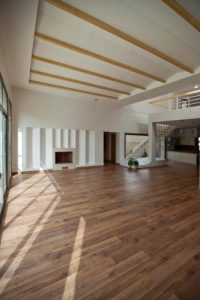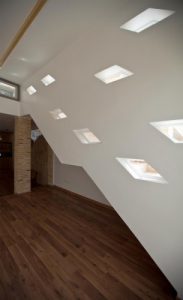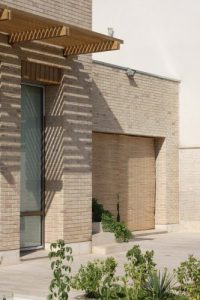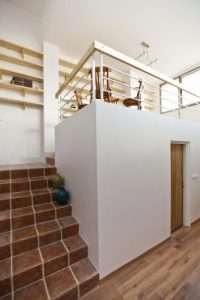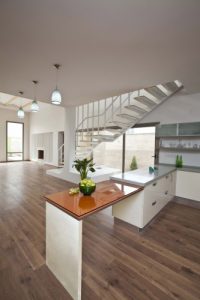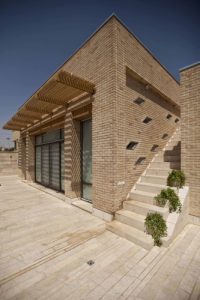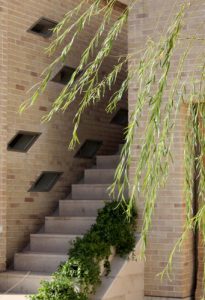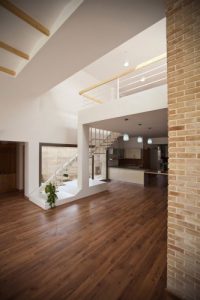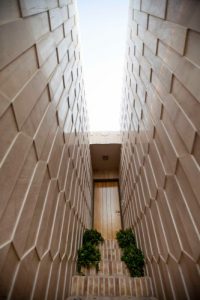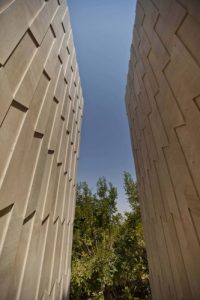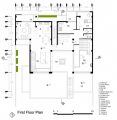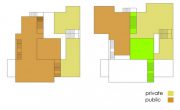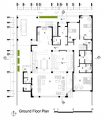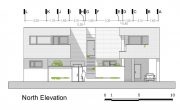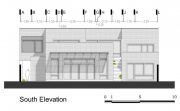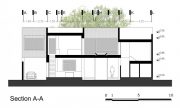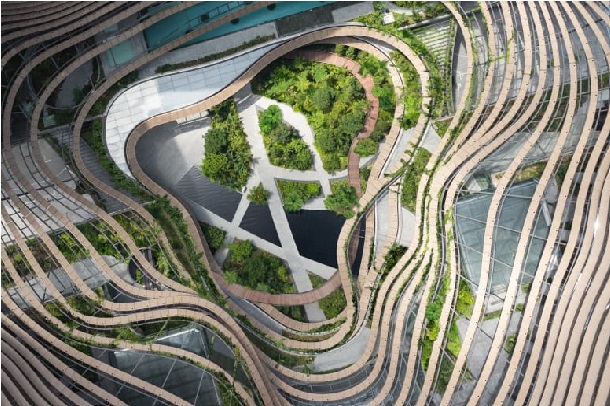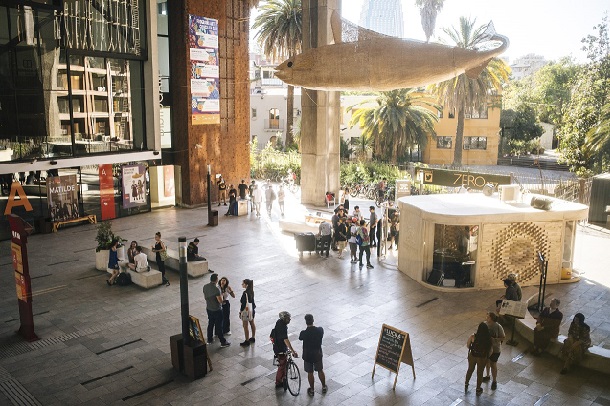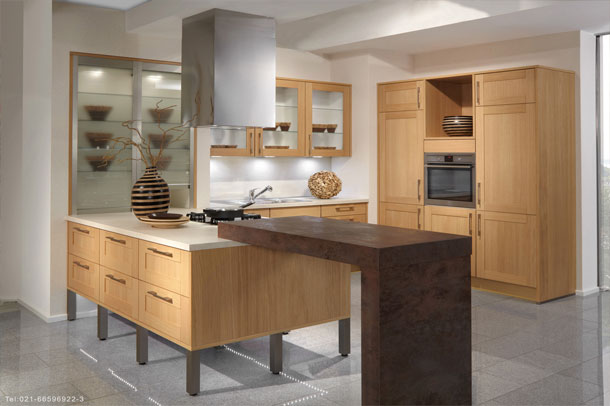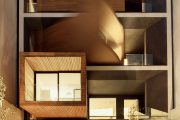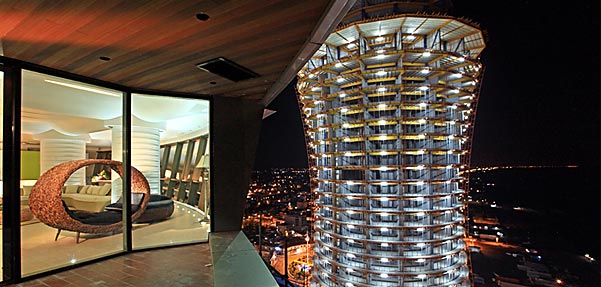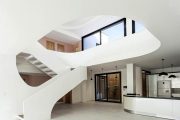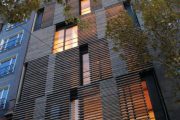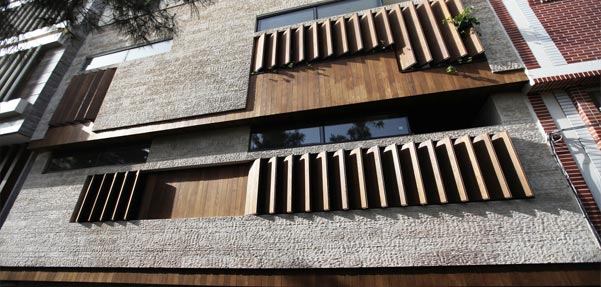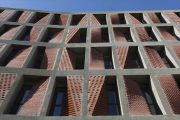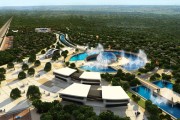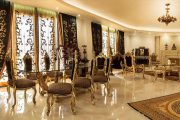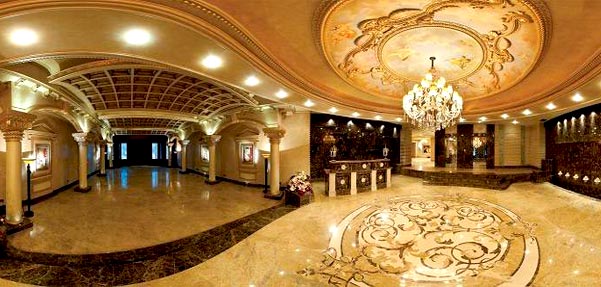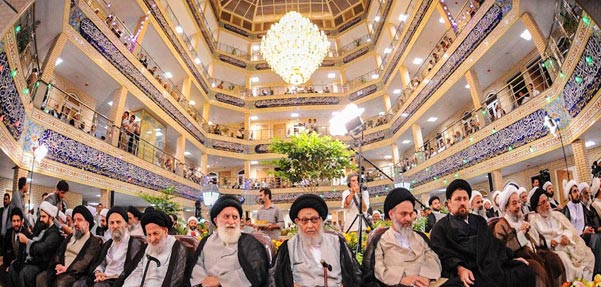زمین خانه شماره ۷ در محل باغهایی قرار دارد که یکی پس از دیگری، در حال نابودی و قربانی گسترش شهرند. آخرین و تنها باغ باقیمانده آن حوالی که مالک آن اصرار بر نگهداریاش دارد، با درختان بلند و تنومند توت، درست در مقابل زمین پروژه ماست.
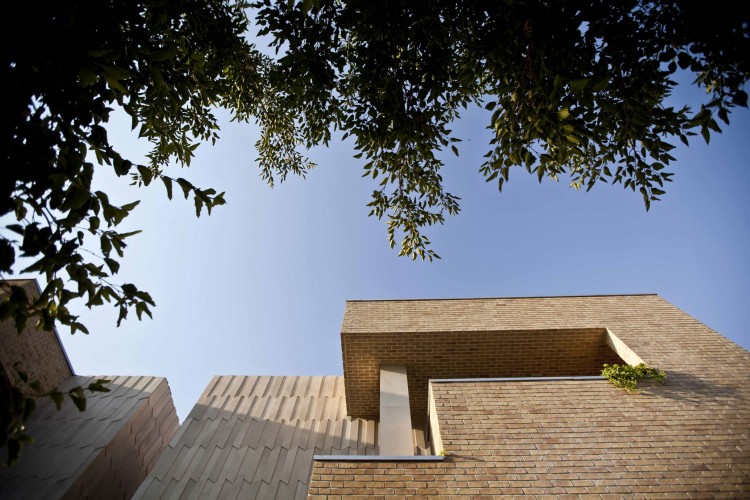 خانه در احترام به باغ و در مقابل سرکشی درختان توت، در بدنه شمالی عقب نشسته و شکافی عمیق را در حجم به نمایش میگذارد. این شکاف با پلکانی نمادین، تا حیاط طبقه دوم پیش میرود و از آنجا به حیاط همکف سرازیر میشود. حیاط همکف باغچههایی کشیده در امتداد شکاف دارد. در دیوار جنوبی حیاط، صفحاتی سبز رنگ، چون پنجرههایی رو به باغ و باغهای ناپیدای بعدی ــ که امروز دیگر نیست ــ امتداد باغهای روزگاران قبل را در خاطر ابدی میکند.
خانه در احترام به باغ و در مقابل سرکشی درختان توت، در بدنه شمالی عقب نشسته و شکافی عمیق را در حجم به نمایش میگذارد. این شکاف با پلکانی نمادین، تا حیاط طبقه دوم پیش میرود و از آنجا به حیاط همکف سرازیر میشود. حیاط همکف باغچههایی کشیده در امتداد شکاف دارد. در دیوار جنوبی حیاط، صفحاتی سبز رنگ، چون پنجرههایی رو به باغ و باغهای ناپیدای بعدی ــ که امروز دیگر نیست ــ امتداد باغهای روزگاران قبل را در خاطر ابدی میکند.
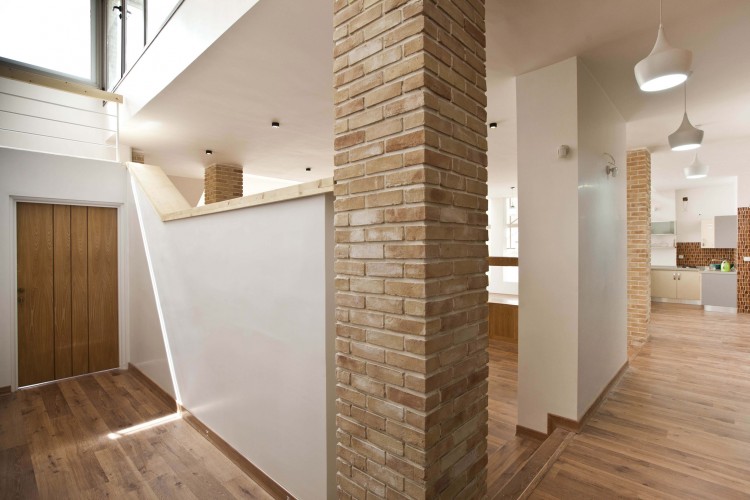
شکاف حجم، فضای داخل را در هر دو طبقه، به دو قسمت جداگانه عملکردی تقسیم میکند: فضاهای خصوصی در بخش شرقی و فضاهای عمومی در بخش غربی. خانواده ساکن خانه چهار نفرند که طبقه همکف را برای زندگی روزانه و طبقه بالا را برای پذیرایی و اقامت میهمانان گاه و بیگاهشان میخواستهاند. به دلیل روحیه خاص خانواده، فضاهای عمومی، در طبقه همکف و نیز بین دو طبقه، در ارتباط فراوان و سیال با همدیگر است و به کمک بازیهای حجمی، دیدهایی وسیع به فضاهای باز و آسمان دارد.
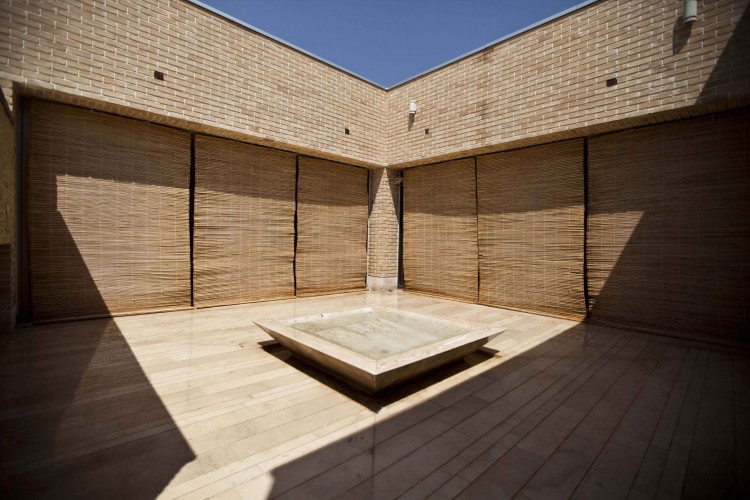
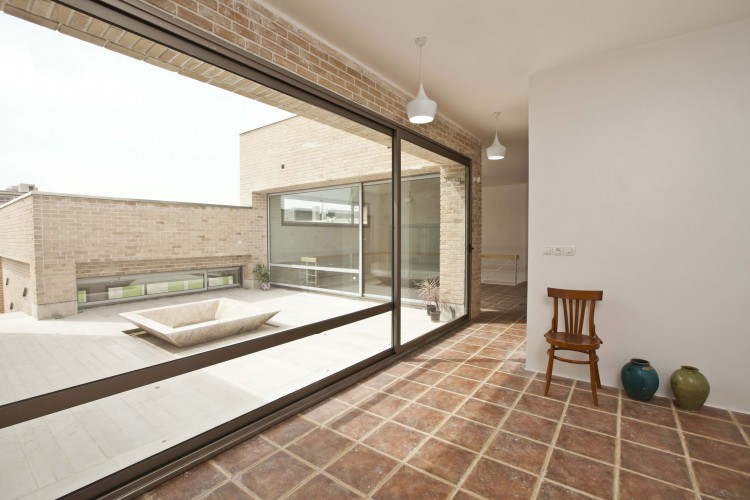
خانه شماره ۷ شاید بتواند با پیش و پسرفتگیها، پلکانها، بازیهای سطوح افقی، حیاطها، باغچهها و سایهروشنهایش، خاطرهای از گوشه و کنار خانههای پیشینمان را به یاد آورد و همنشین و همسایه خوبی برای باغ سرسبز و تنهای مقابلش باشد.
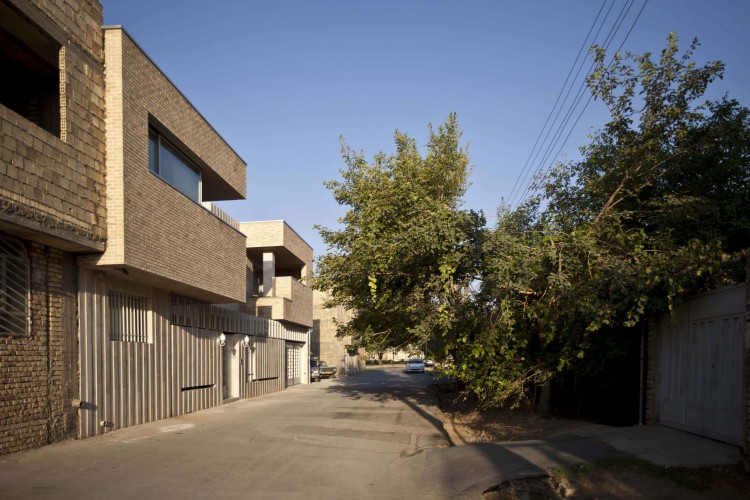
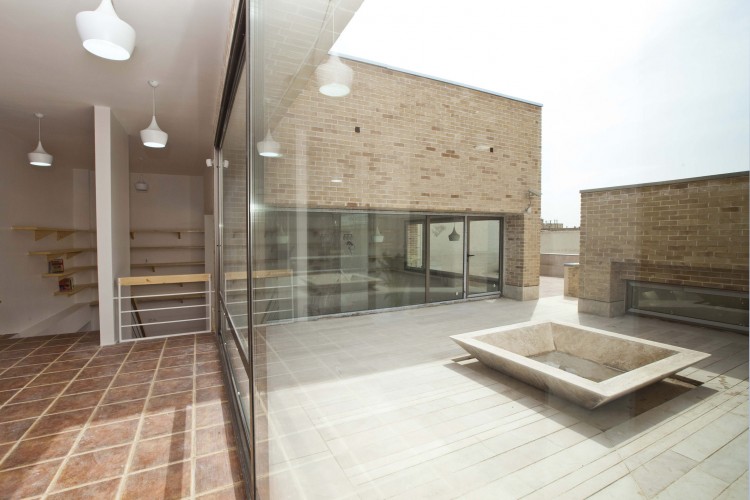
گالری تصاویر :
معمار: دفتر معماری آینه
موقعیت: نجفآباد، اصفهان، ایران
تاریخ: ۱۳۹۱
مساحت: ۵۵۲ مترمربع
وضعیت: ساختهشده
کارفرما: مهدی صالحی، الهه ابراهیم
تیم پروژه: علی دهقانی، علی سلطانی، عاطفه کرباسی
جوایز: رتبه اول گروه مسکونی جایزه معمار ۱۳۹۱
نقشه ها :
House No. 7
Architect: Ayeneh Office
Location: Najafabad, Isfahan, Iran
Date: 2012
Area: 552 sqm
Status: Completed
Client: Mehdi Salehi, Elaheh Ebrahim
Project Team: Ali Dehghani, Ali Soltani, Atefeh Karbasi
َAwards: 1st Place of Memar Award 1391
The terrain of House No. 7 is located in an area of gardens which are destroyed one by one, as a result of urbanization. With huge and tall mulberry trees, the last and the only remaining garden is just in front of the land of our project. The owner insists on preserving the garden. In honor to the garden and against rebellion of the mulberry trees, the house is retreated at north and exhibits a deep gap in volume. With a symbolic staircase, the gap advances toward the courtyard of the second floor and then steepens to the ground yard which has flower-beds along the gap. In the southern wall of the courtyard, windows face the garden and the missing ones like green paintings and eternalize memoires of gardens in the past.
The gap divides the interior space into two separate functional parts: private spaces in the east and public spaces in the west. The four members of the residing family chose the ground floor for their daily life and the upper floor for hosting and residence of their occasional guests. Because of special spirit of the family, the public spaces in the ground floor and between two floors have high flowing connection with each other and with the aid of volume games, they have wide landscapes to open spaces and sky.
With its saliencies and retreats, staircases, horizontal surfaces, yards, flower-beds, and penumbras, the house reminds us the souvenirs from corners of our previous houses. It may be a good companion and neighbor for the lush, lonely garden at front.


